India is today home to over 50 major solar power parks and more than 800 wind farms, each filled with innumerable photovoltaic (PV) panels and turbines. With an ever-growing emphasis on renewable energy, the number of power projects is expected to increase substantially.
According to a report by The Energy and Resource Institute, wind and solar PV share in total generation is estimated to increase from 8 percent in 2020 to about 67 percent (32 percent solar PV and 35 percent wind) by 2050. Due to extensive growth, maintaining vast solar panels and wind turbines presents numerous challenges.
The intermittent nature of resources presents grid integration challenges, as fluctuations in solar and wind power generation strain the stability of the electrical grid. Dust accumulation, bird droppings, and weather-related wear and tear affect the efficiency of solar panels and wind turbines, necessitating frequent cleaning and repairs. Moreover, ensuring the smooth operation of these renewable energy systems requires skilled technicians and engineers. Thus, with the industry becoming increasingly complex, routine inspections, monitoring systems, and predictive maintenance techniques play a vital role in optimizing energy output and ensuring the success and longevity of projects.
Routine inspection
Routine inspections involve regularly scheduled assessments of equipment and systems to identify potential issues, prevent failures, and ensure compliance with safety and regulatory standards. Most of the firms employ advanced techniques such as Thermographic and Acoustic inspections for this purpose.
Thermographic inspection, often preferred in desert regions due to high solar exposure, utilizes thermal imaging cameras mounted on tripods to detect temperature variations across panels. This method is particularly effective in identifying potential anomalies such as overheating, hot spots, or electrical faults. By capturing infrared images, thermographic inspections provide valuable insights into the condition of solar panels, enabling early detection of issues that could compromise their efficiency and lifespan.
On the other hand, acoustic inspections are valuable tools for assessing the condition of equipment, especially in the context of wind energy. By analyzing the sound or vibration signatures generated by the rotating blades and machinery within the turbine, technicians can identify potential faults such as bearing wear, gearbox malfunctions, or blade damage. These inspections can uncover potential mechanical problems before they escalate into costly failures.
Monitoring systems
Monitoring systems such as Supervisory Control and Data Acquisition (SCADA) systems, remote monitoring platforms, condition monitoring systems, Asset Performance Management (APM) software, and weather forecasting tools provide real-time data on asset performance, equipment status, and environmental factors, allowing operators to make informed decisions and take corrective actions promptly. It utilizes sensors, telemetry, and advanced analytics to continuously monitor key parameters such as temperature, pressure, vibration, and energy output. By analyzing this data, identifying trends, predicting potential failures, and optimizing asset performance become easier.
Predictive maintenance
Predictive maintenance has seen significant growth in recent years, with the global market expected to expand to $5.62 billion by 2029. This surge is driven by the integration of emerging technologies such as big data analysis, cloud data storage, artificial intelligence (AI), machine learning (ML), and the Internet of Things (IoT). These technologies enhance the ability of predictive maintenance systems to analyse vast amounts of data from various sources, providing deeper insights and more accurate predictions.
Big data analysis allows for the processing of large datasets to uncover patterns and trends that were previously undetectable. This capability is crucial as it enables the identification of signs of wear and tear or impending failures. Cloud data storage facilitates the collection and storage of data from dispersed assets in a centralized location, making it accessible for real-time analysis and decision-making. AI and machine learning algorithms then analyse this data to predict equipment failures with high precision, learning and improving over time.
According to a survey conducted by IBM, 63% of firms believe they will benefit from generative AI in the energy sector. The IoT plays a vital role by connecting various sensors and devices to the internet, allowing for continuous monitoring of asset conditions and performance. These sensors can capture real-time data on parameters such as temperature, vibration, pressure, and other critical indicators of equipment health.
The road ahead
Lifecycle management is essential to enhancing the overall quality of equipment in power parks for a long term. By continuously integrating latest technologies into power parks, we will continue to strive towards a greener future. Furthermore, as the industry evolves, there is a growing need for robust policies and regulatory frameworks to support the lifecycle management of renewable energy projects. Governments and industry stakeholders must collaborate to develop standards that ensure the safe disposal or recycling of decommissioned equipment, thereby minimizing environmental impact and fostering a circular economy within the renewable energy sector.
Investment in research and development is also critical. Continued innovation will drive the creation of more durable materials, more efficient maintenance practices, and advanced technologies that can further reduce downtime and extend the lifespan of renewable energy assets. Ultimately, the success of lifecycle management in renewable energy projects hinges on a holistic approach that encompasses regular inspections, advanced monitoring, predictive maintenance, and proactive policymaking. By embracing these strategies, we can optimize the performance and longevity of renewable energy installations, contributing to a more sustainable and resilient energy future.
The commitment to such comprehensive lifecycle management practices not only maximizes the return on investment for renewable energy projects but also accelerates our transition to a greener, more sustainable world. By maintaining high standards and continuously innovating, the renewable energy sector can play a pivotal role in addressing global energy challenges and combating climate change.
The views and opinions expressed in this article are the author’s own, and do not necessarily reflect those held by pv magazine.
This content is protected by copyright and may not be reused. If you want to cooperate with us and would like to reuse some of our content, please contact: editors@pv-magazine.com.
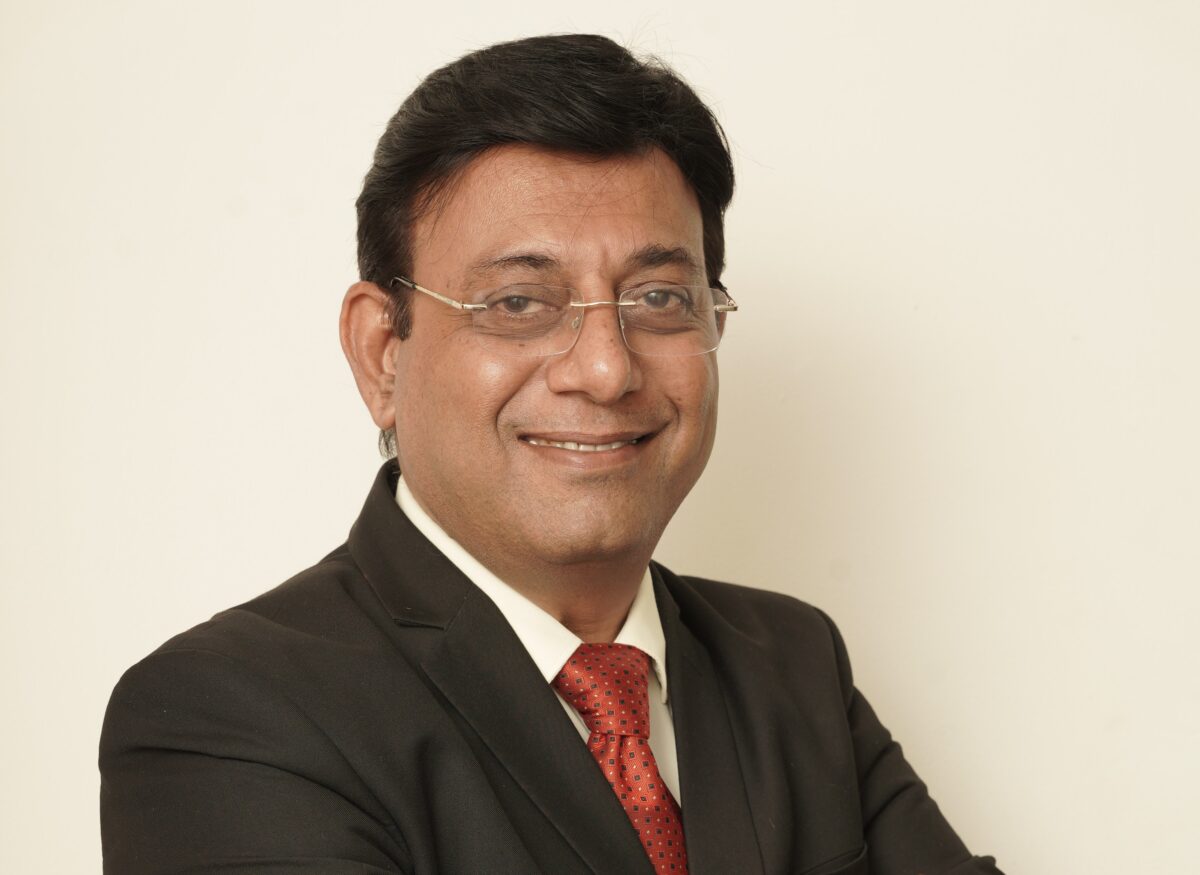
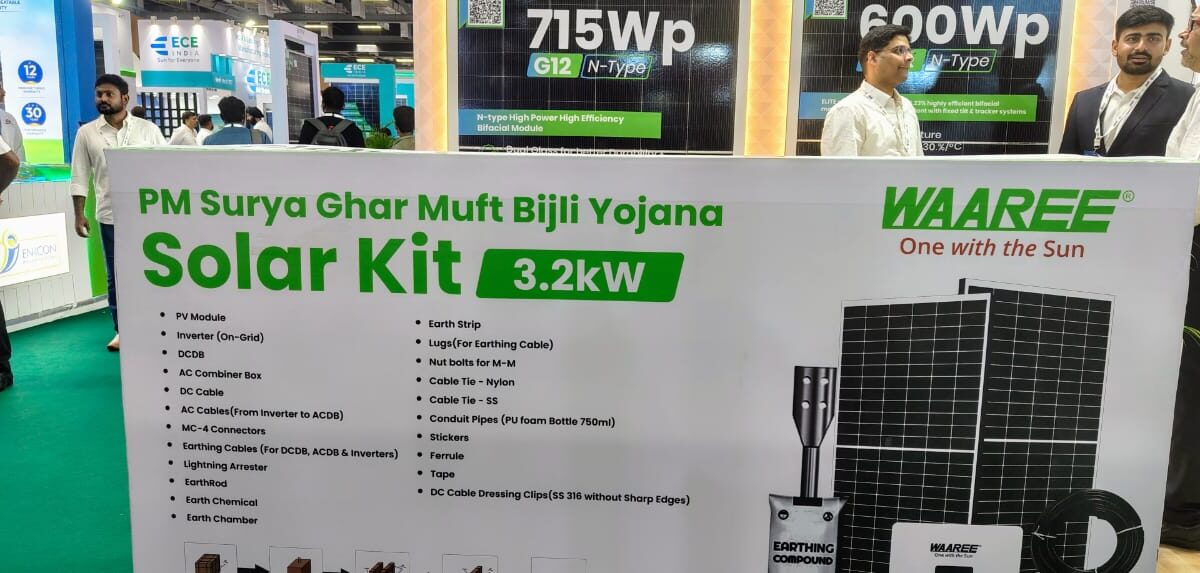

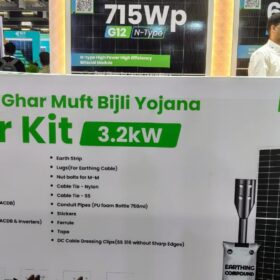
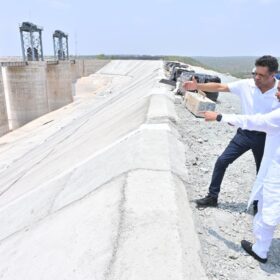
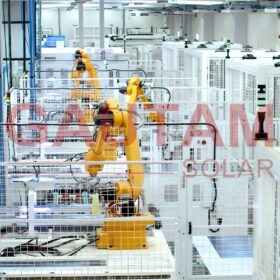

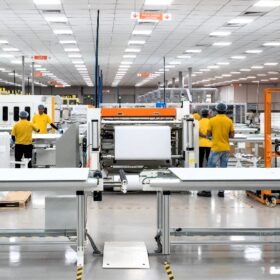
By submitting this form you agree to pv magazine using your data for the purposes of publishing your comment.
Your personal data will only be disclosed or otherwise transmitted to third parties for the purposes of spam filtering or if this is necessary for technical maintenance of the website. Any other transfer to third parties will not take place unless this is justified on the basis of applicable data protection regulations or if pv magazine is legally obliged to do so.
You may revoke this consent at any time with effect for the future, in which case your personal data will be deleted immediately. Otherwise, your data will be deleted if pv magazine has processed your request or the purpose of data storage is fulfilled.
Further information on data privacy can be found in our Data Protection Policy.